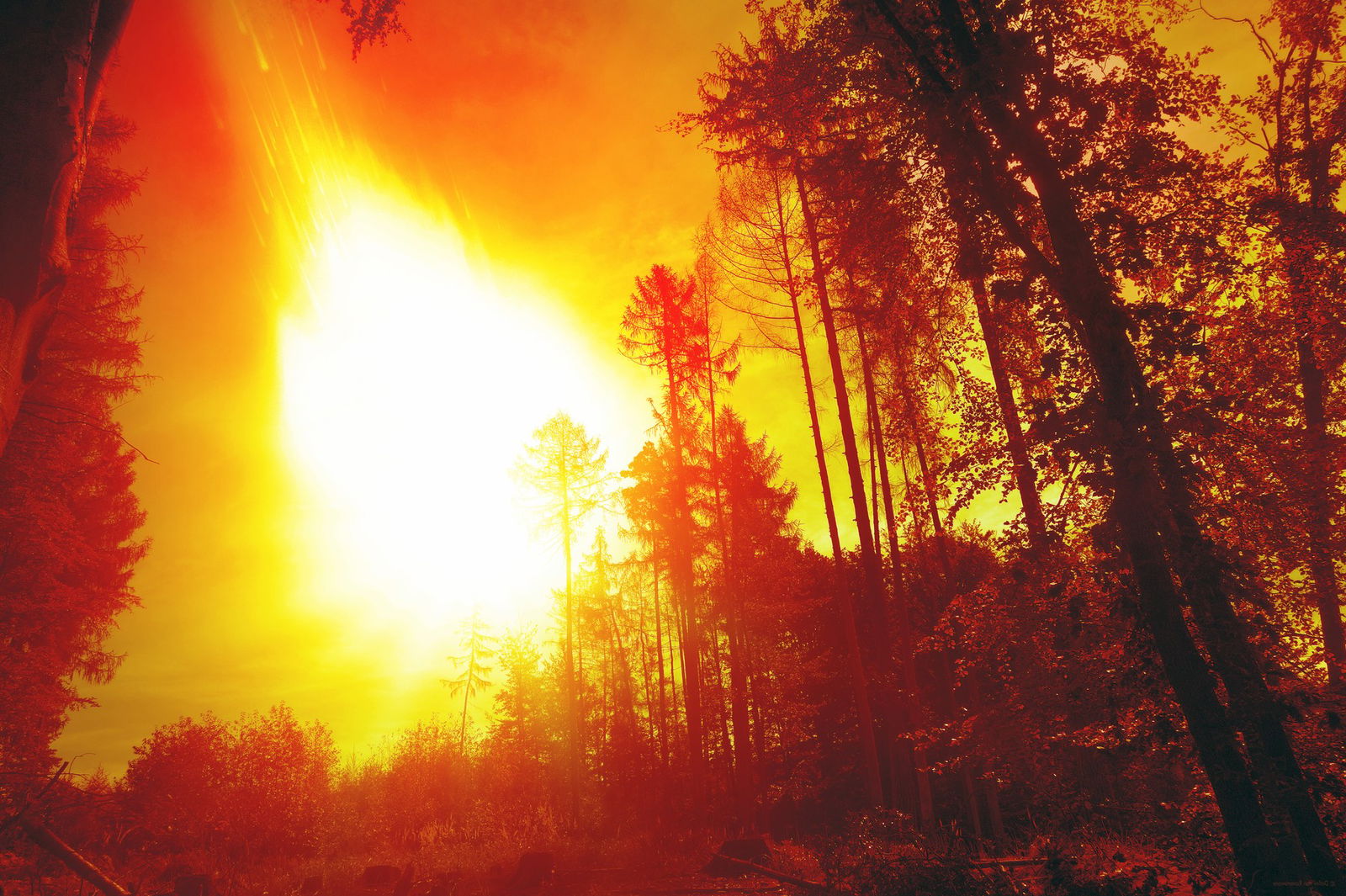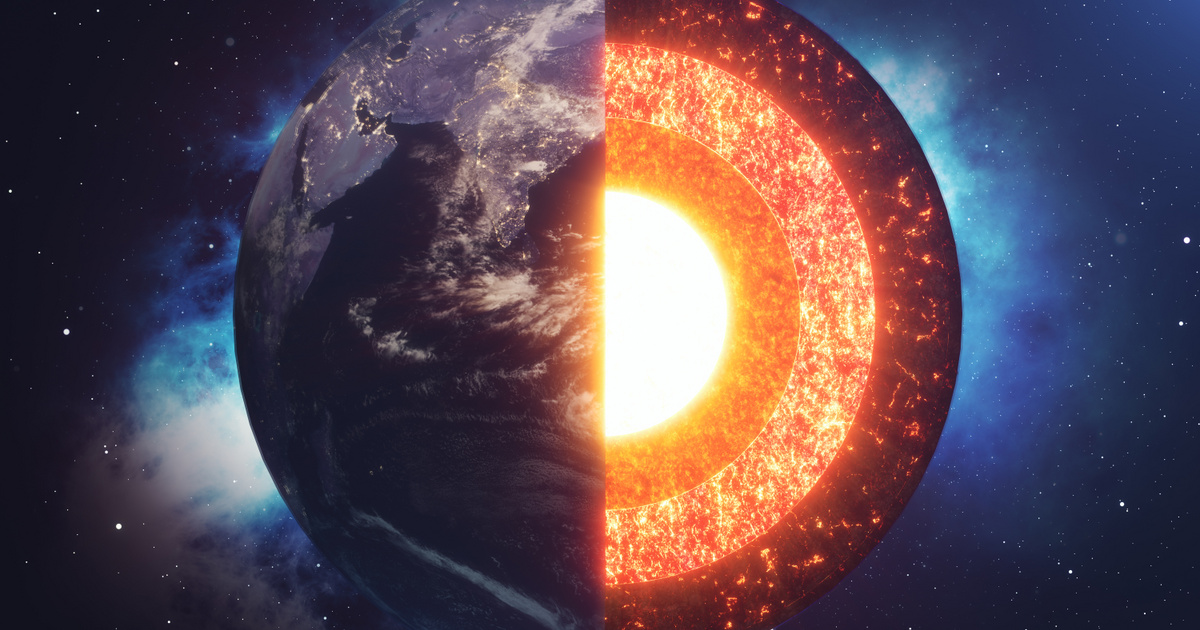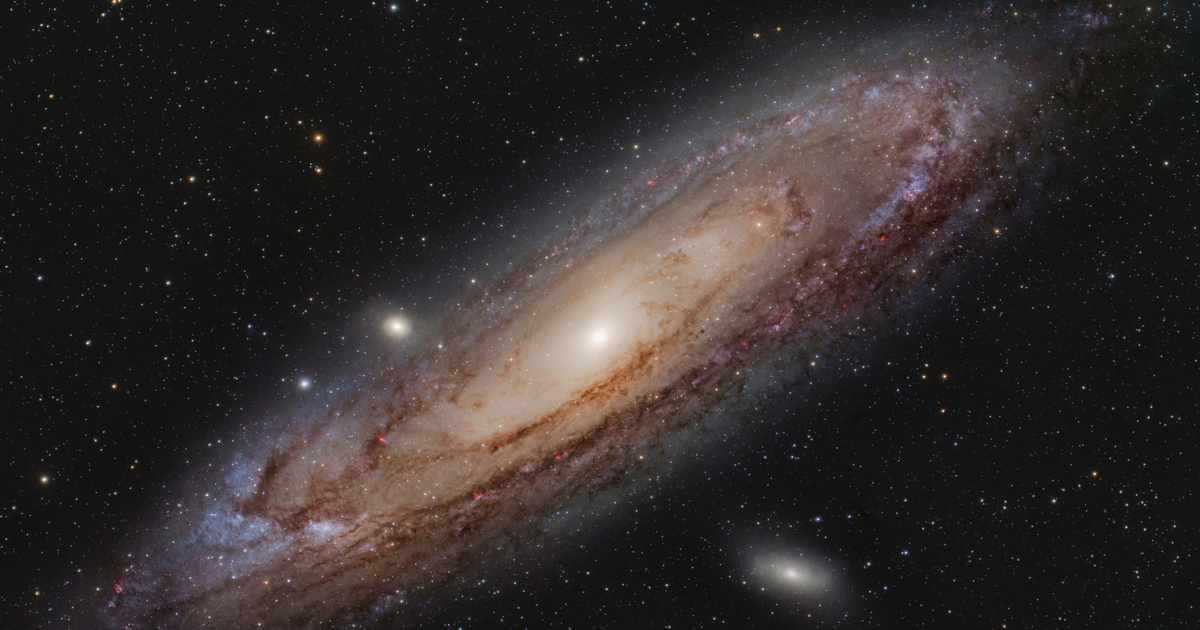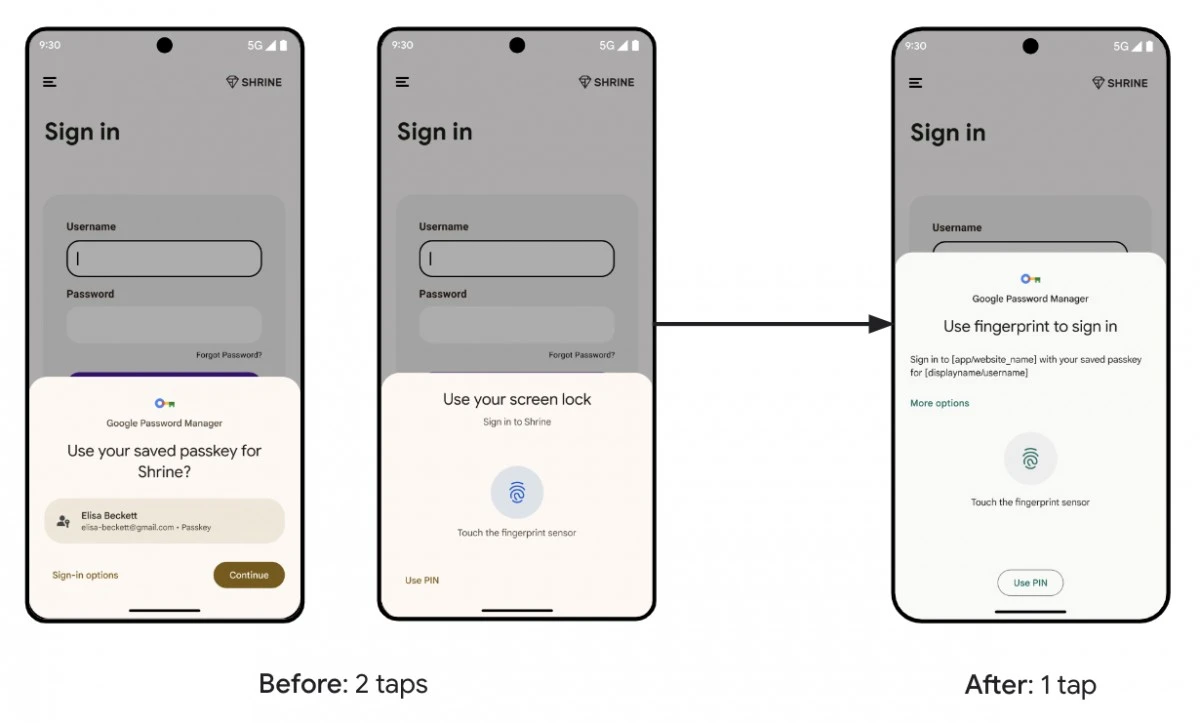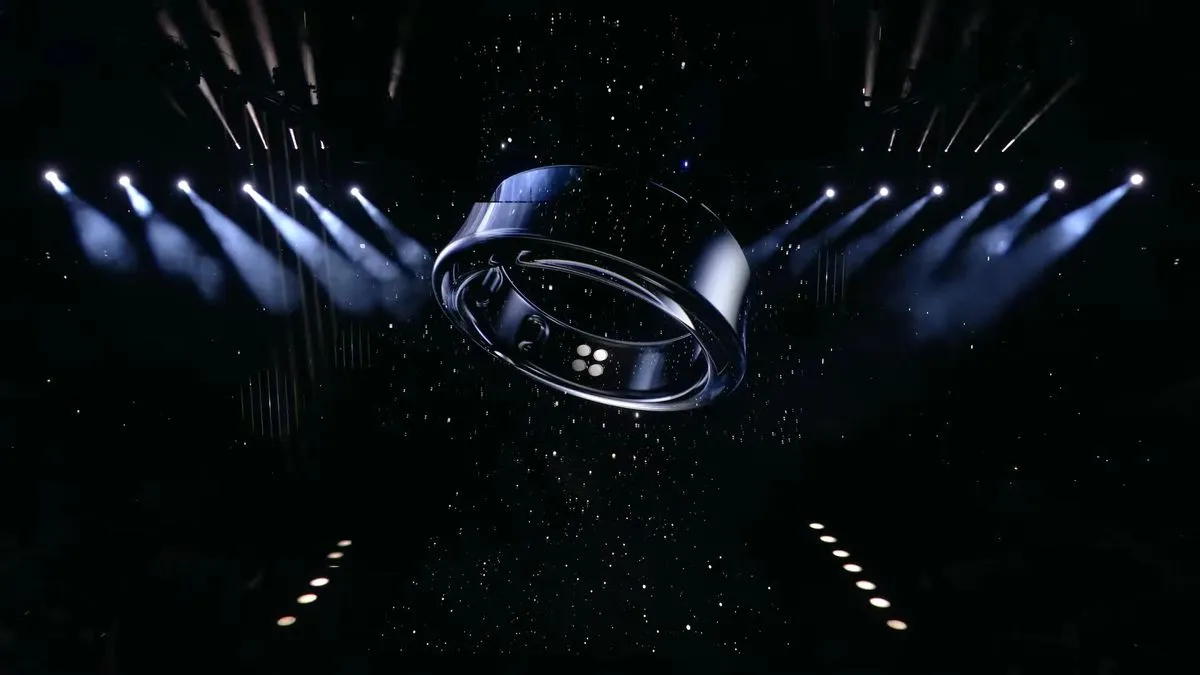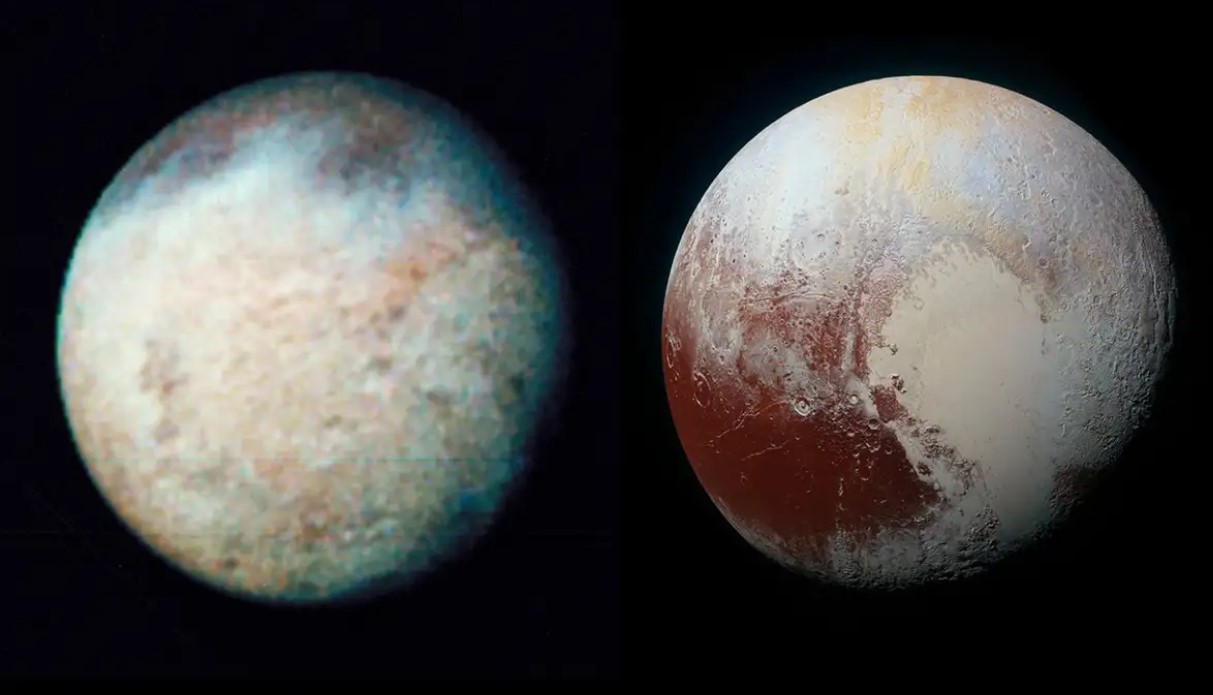AFP writes that a total solar eclipse was seen on Saturday from Antarctica. This event was observed only by professionals working on the icy continent and tourists in the region.

“Visibility was excellent,” he said. Raoul Lamb, a fellow at the University of Santiago de Chile. The researcher can also admire the completion at 8:46 a.m. HST, and the “ring of fire” phase of the event lasted for about 40 minutes.
In the event of a total solar eclipse, the full shadow of the moon falls on Earth due to a perfect symbiosis.
NASA broadcast the incident live from Camp Confederation Glacier, a base about 1,000 miles from the South Pole. Although a total solar eclipse can only be observed from Antarctica, partial solar eclipses have been seen in other parts of the Southern Hemisphere, including Saint Ilona Island, Namibia, Lesotho, South Africa, Chile, New Zealand and Australia.
The last solar eclipse in Antarctica was in November 2003, and the next eclipse is expected to last until 2039.






